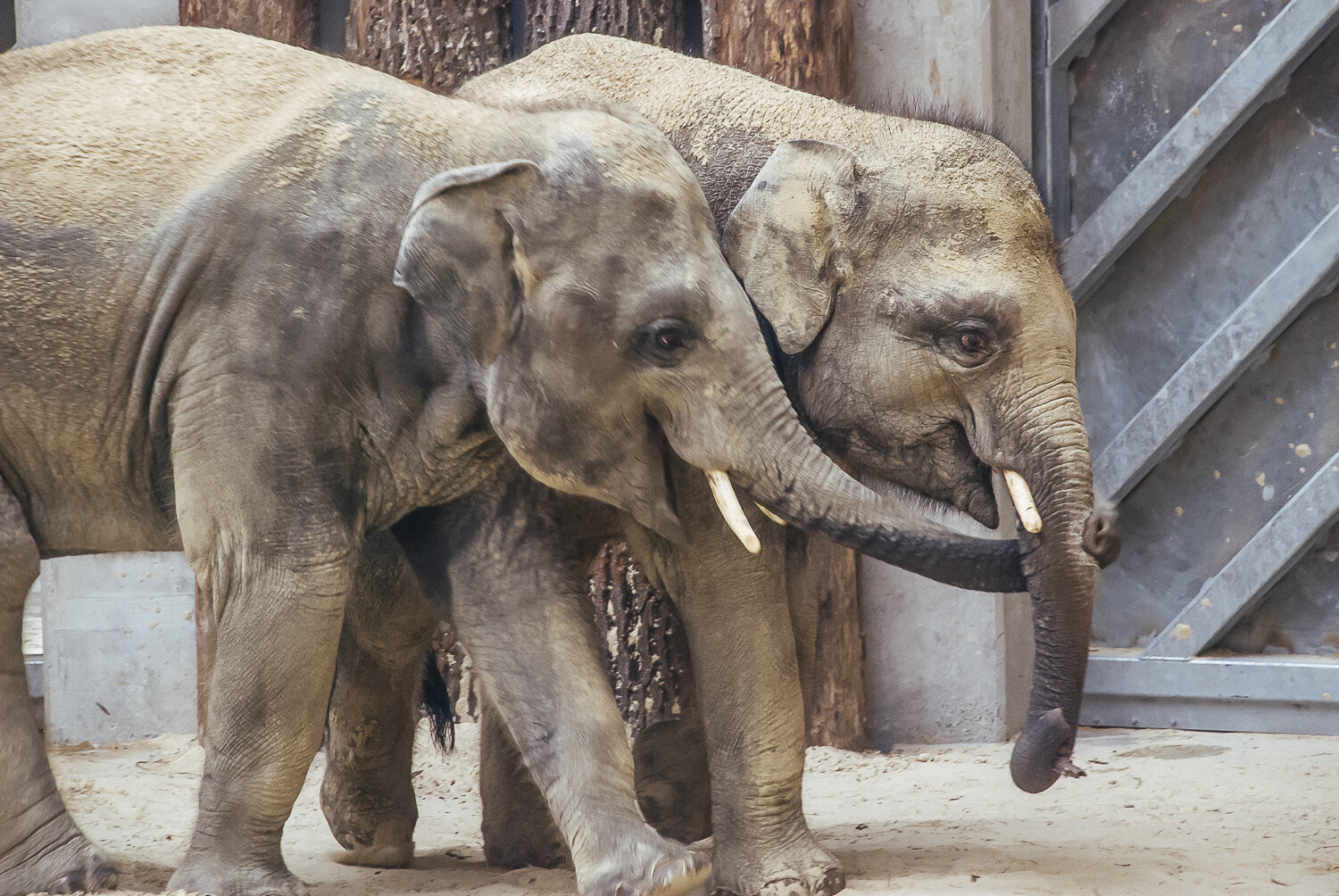The three young elephants which have recently arrived at the Veszprém Zoo must be as confused as Bill Murray in his film, Lost in Translation. The situation, of course, is nowhere near desperate: the new additions have swiftly made themselves at home in the new Elephant Park of the Zoo, mud and sand bath included. We did not only take pictures of the newcomers, but also of the "natives": two rhinos clashed right in front of our eyes, the tigers intimidated us and we fed the monkeys of the monkey trail right from our hands.
With the help of European Union and governmental funding, the Veszprém Zoo will undergo a nearly 1.2-billion-HUF renovation in the upcoming period. A prominent part of the “ZooEvolution” project, the Elephant Park opened on 9 October and it includes a 1100-square metre elephant house as well. The outdoor runs also include shady rest points, mud baths, a sand bath and a pool to make the elephants feel as if they were on an export savannah instead of the Transdanubia.
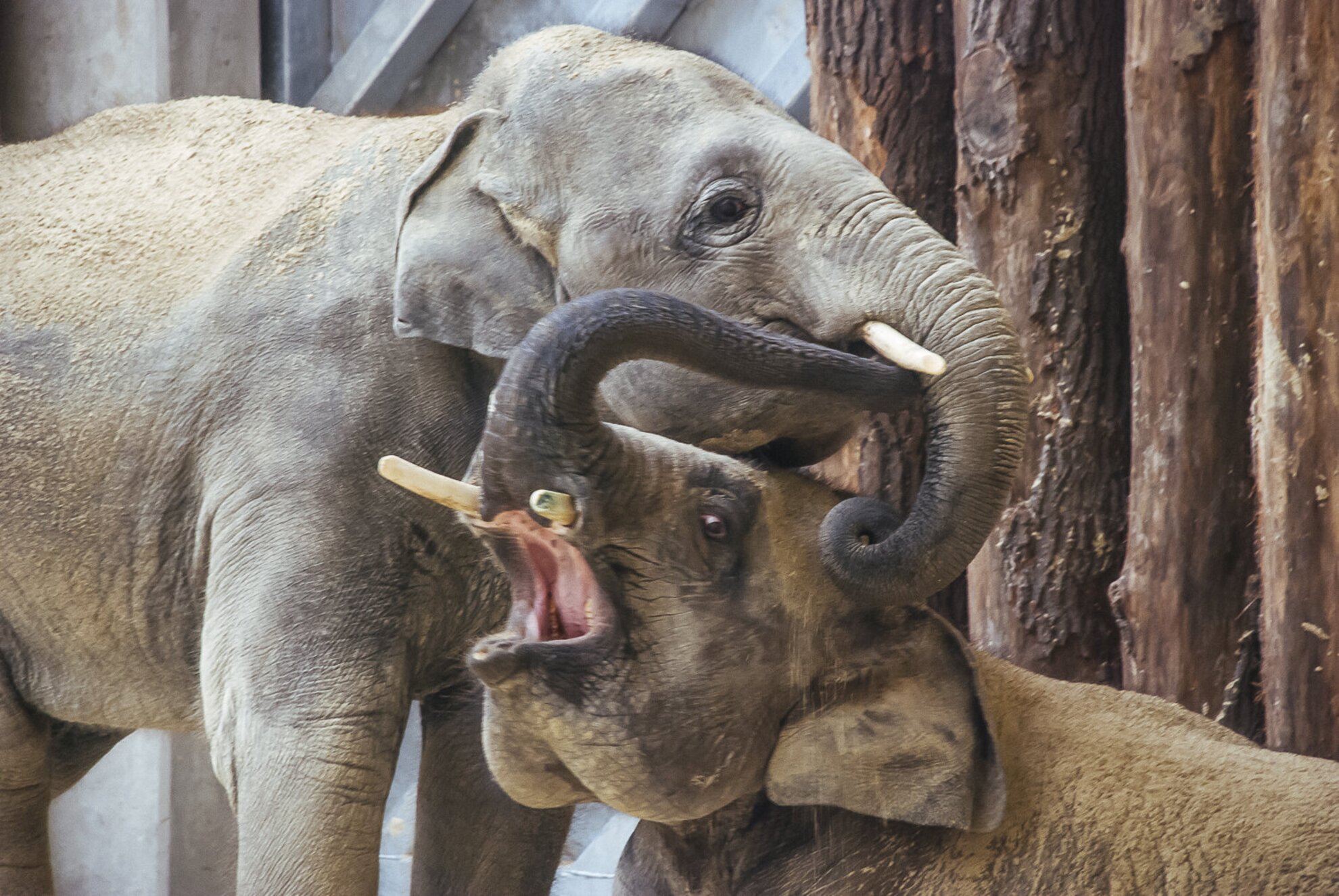
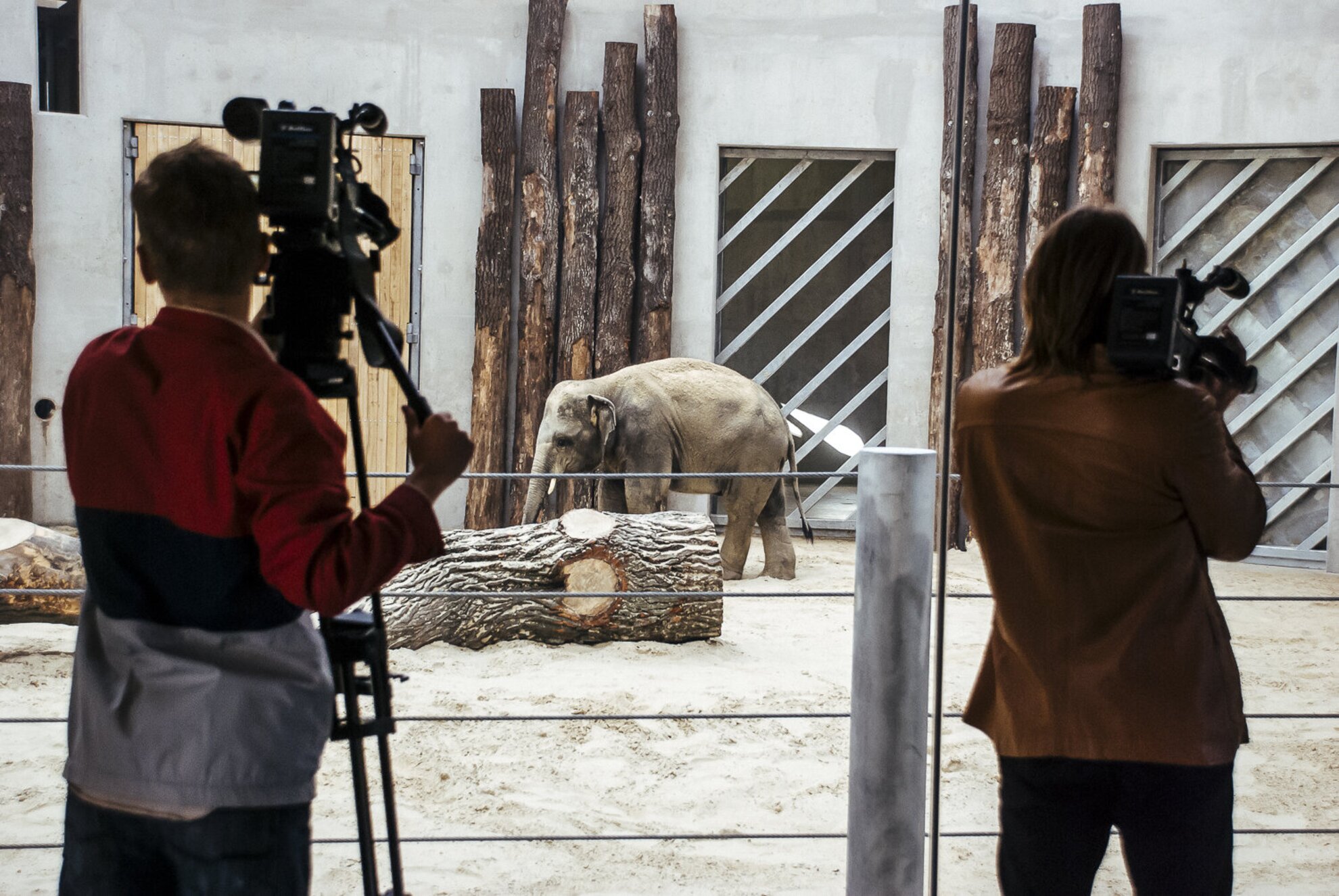
The three new residents, Nuka, Dinkar and Félix were bathing in flashes instead of sand at the Thursday opening ceremony. The 4-year-old elephants - still babies in elephant years - arrived to Veszprém from a North German zoo. The Veszprém Zoo had better be prepared in the field of water supplies, since - according to the claims of the informative sign - an adult Asian elephant can drink up to 140 litres of water a day.
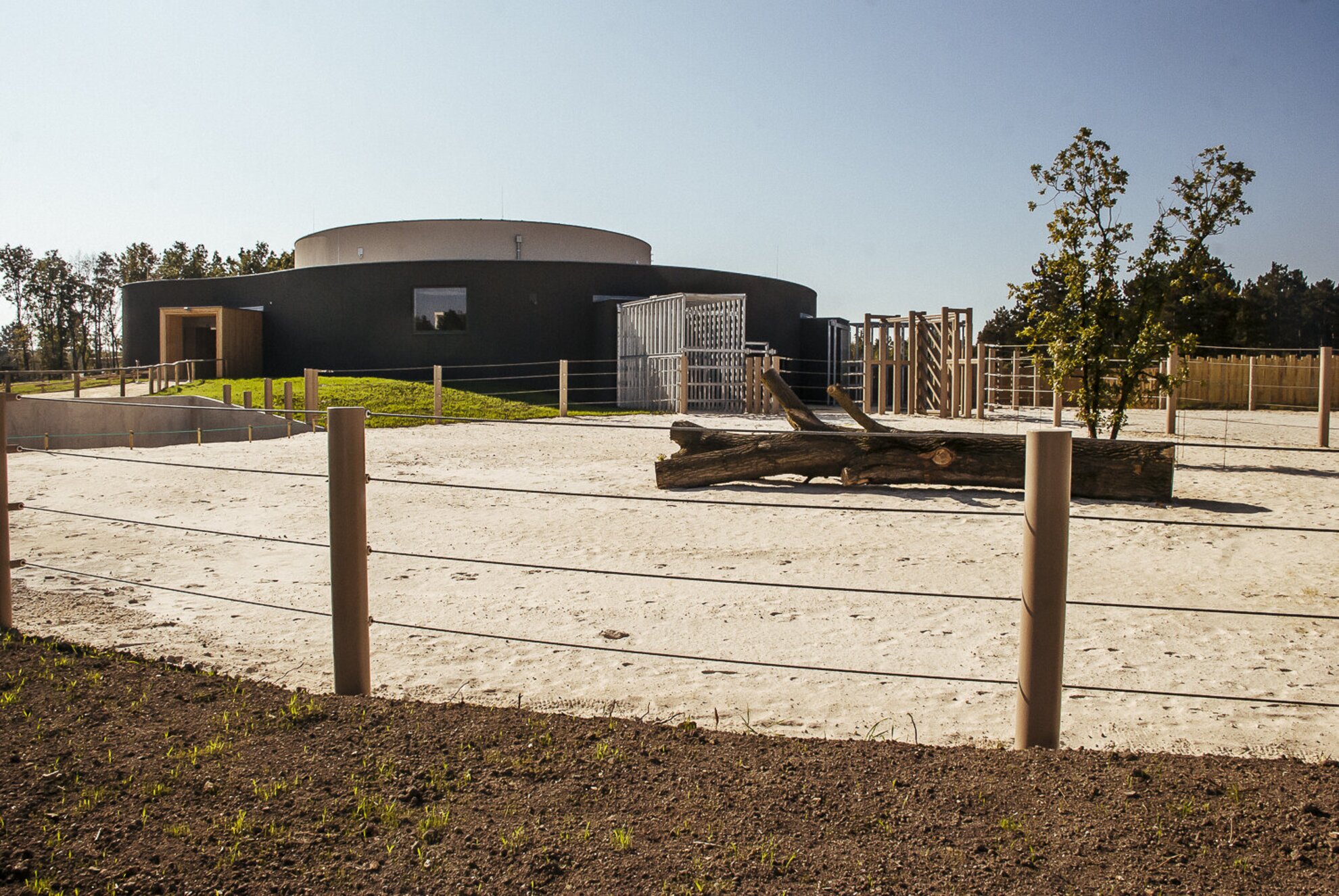
The Veszprém Zoo (officially: Kálmán Kittenberger Botanical and Zoological Garden) is one of the longest standing zoos of Hungary, having opened in August 1958. According to period documents and illustrated materials, it was built in a matter of 5 months with the help of joint communal efforts. First, the Fejes Valley area, then the neighbouring Gulya Hill was filled with animals.
Today, the Fejes Valley area is home to big cats, exotic birds, baboons, and smaller monkeys, while the Gulya Hill houses mammals that require larger spaces to roam, like zebras, rhinos and giraffes.
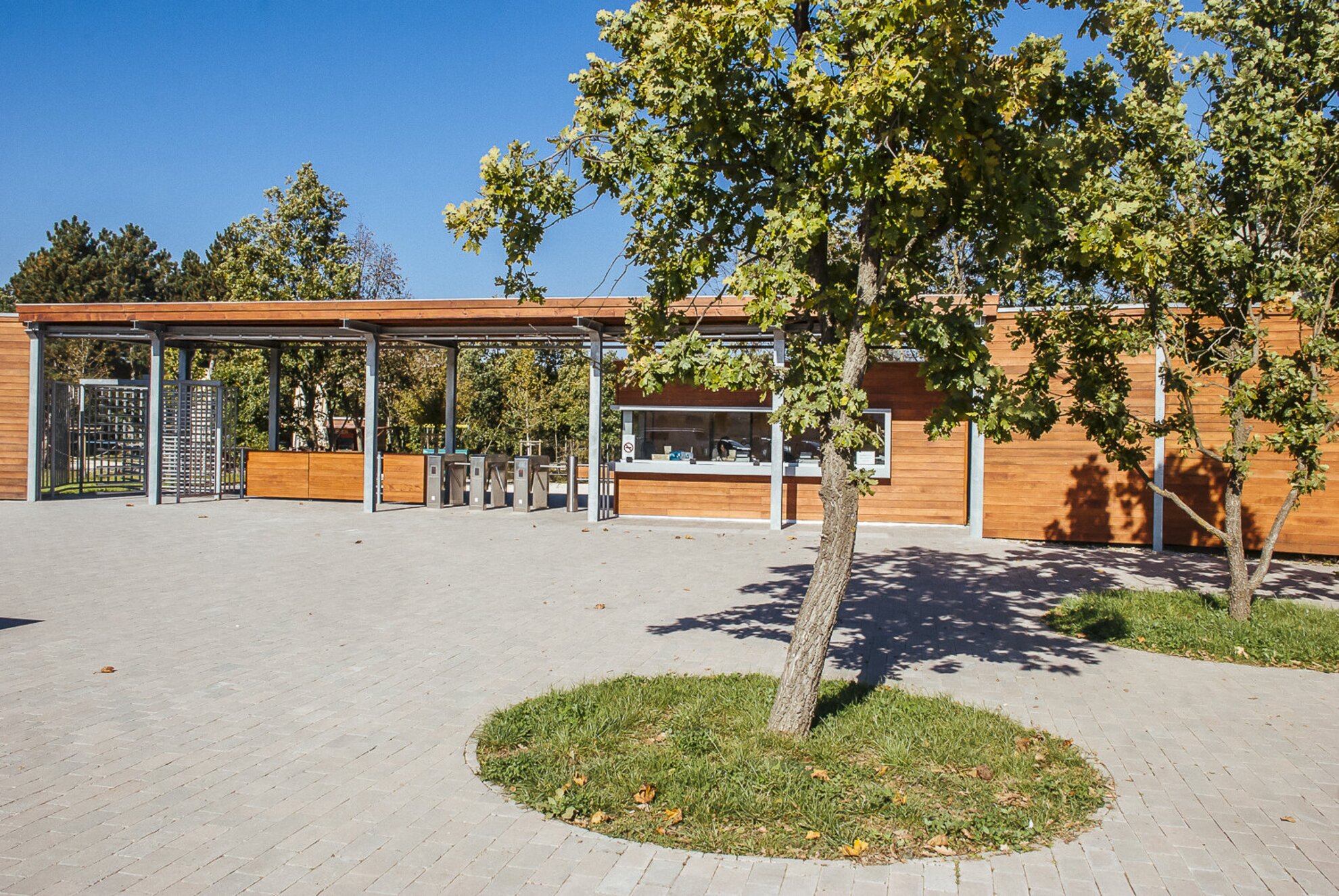
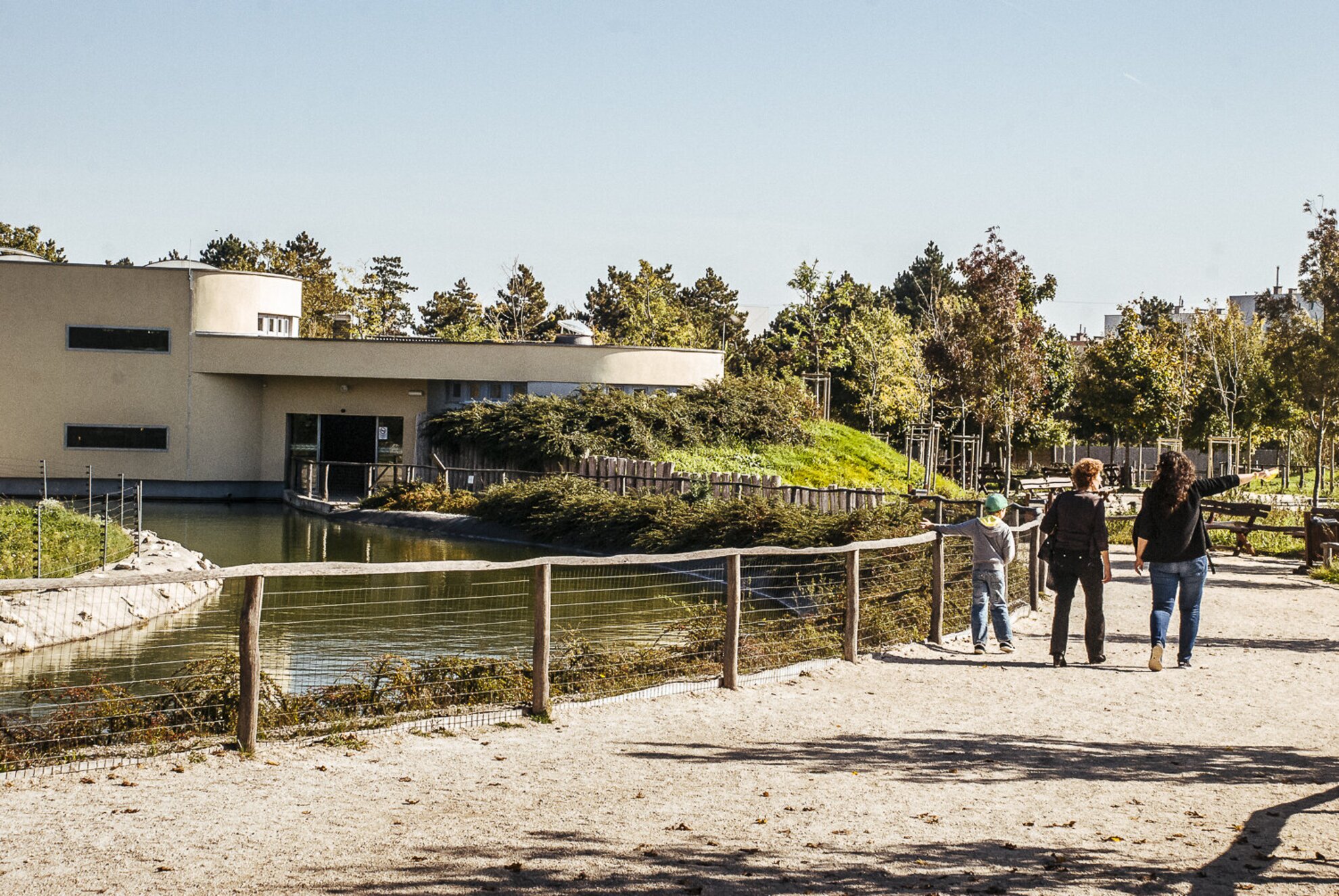
We began our visit at the newer, Gulya Hill section. As expected, we spotted the giraffes first. It soon turned out that their 5-metre height is accompanied by tongues of unparalleled length. (The tongue of an adult giraffe measures 46 cm.) Their flatmates, the ostriches were apparently undisturbed by any difference in size.
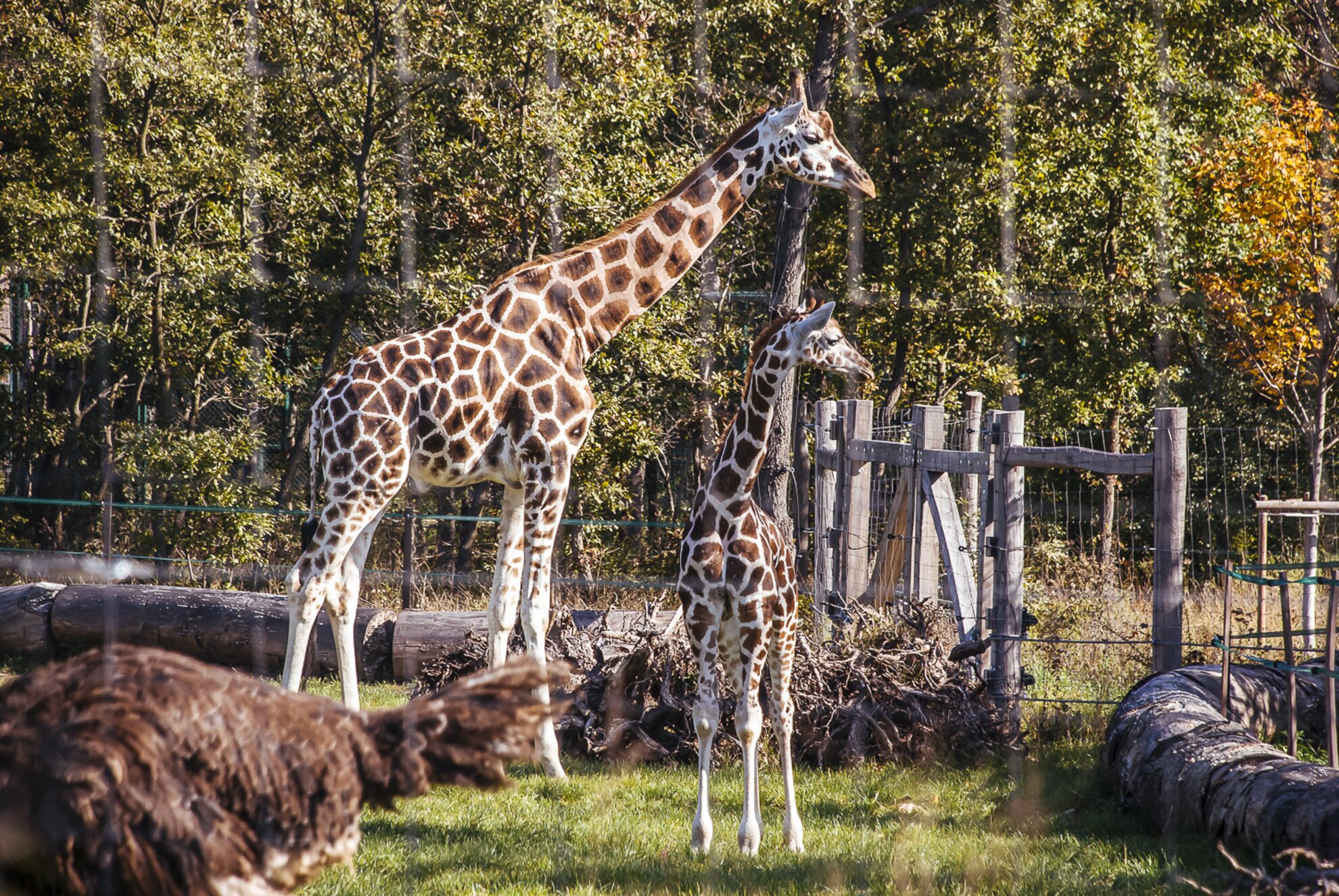
The close neighbours of the giraffes, the graceful flamingoes seemed somewhat shy: their usual position was to stand close to each other on one leg, hiding their head behind their pen-feathers. They still closely resembled blooming water lilies.
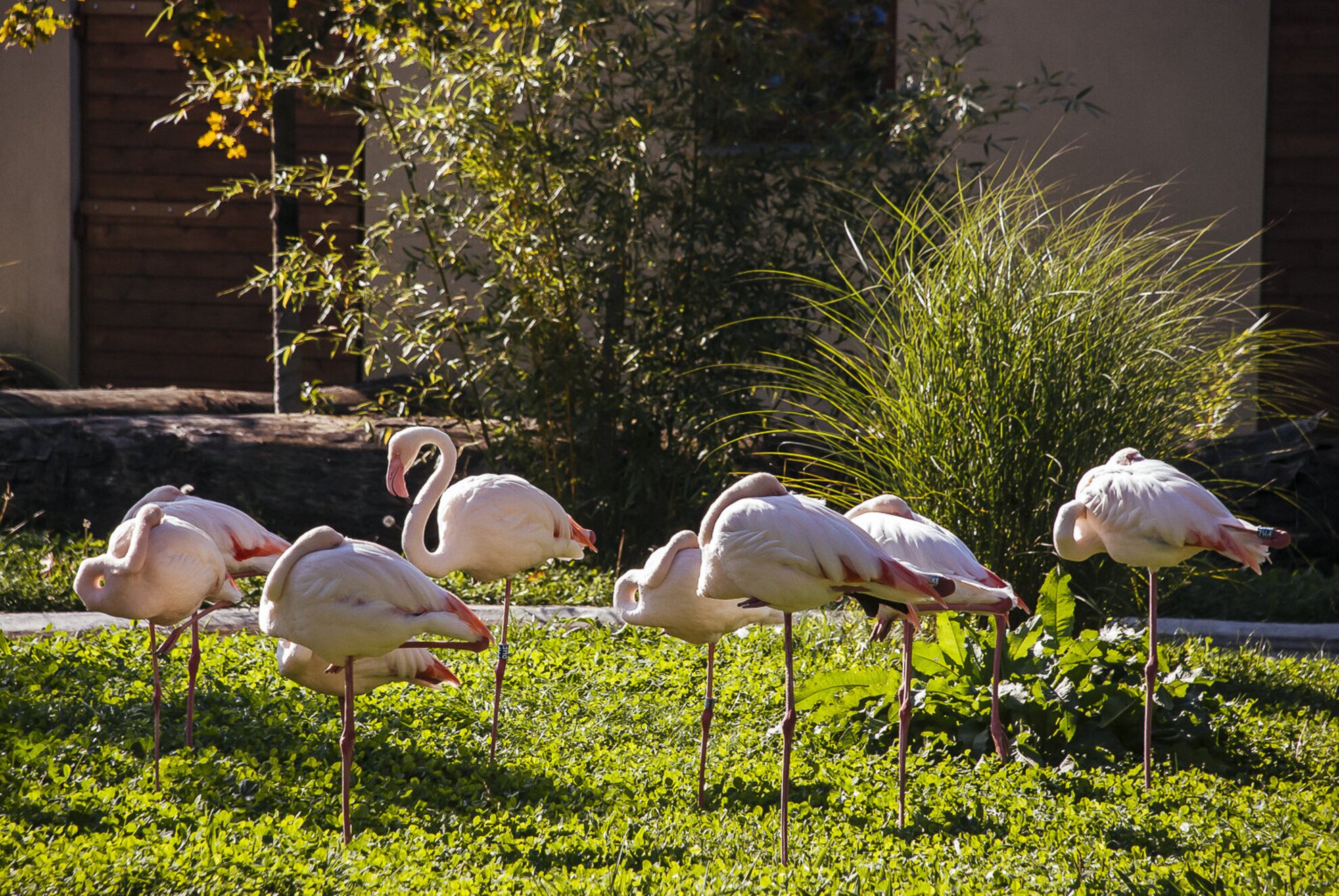
Although rhinos are easy to anger, they get along well with zebras.
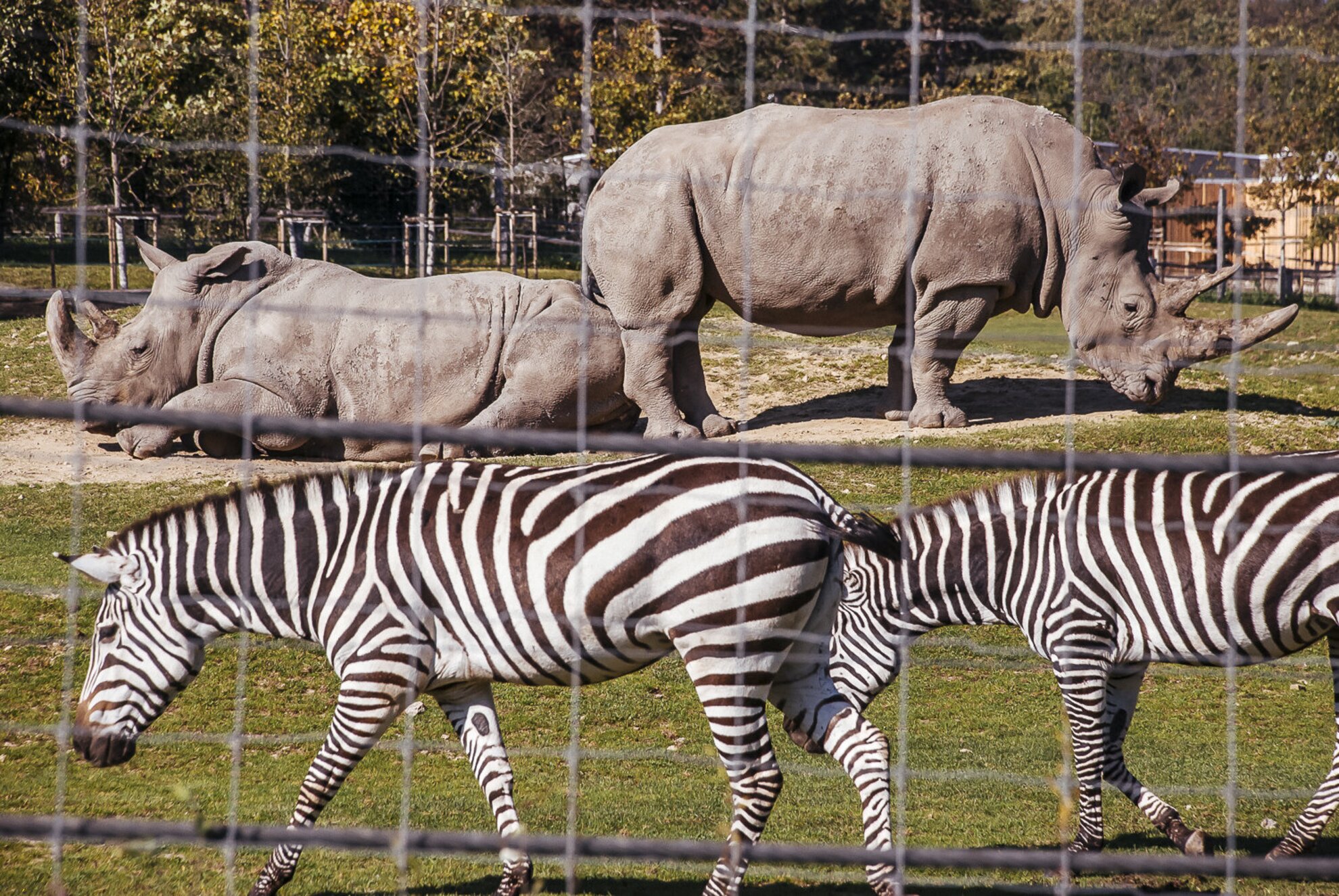
They have, however, problems tolerating each other. While the zebras were peacefully grazing, two rhinos had a bone to pick with each other and settled it with a clash.
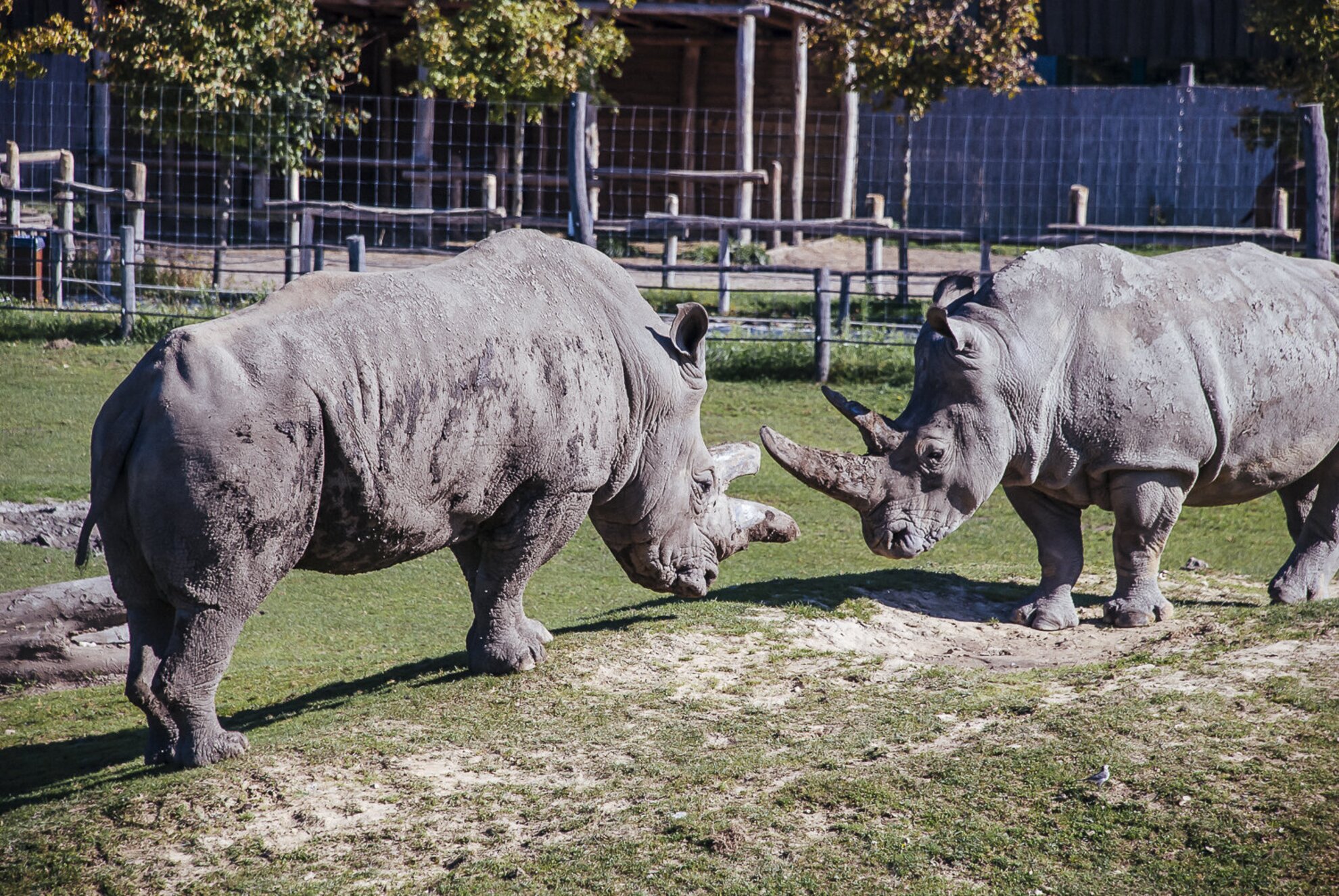
The exertion of the intense fight might have tired them out or they might have simply decided to 'rest in peace', but soon they were lying by each other.
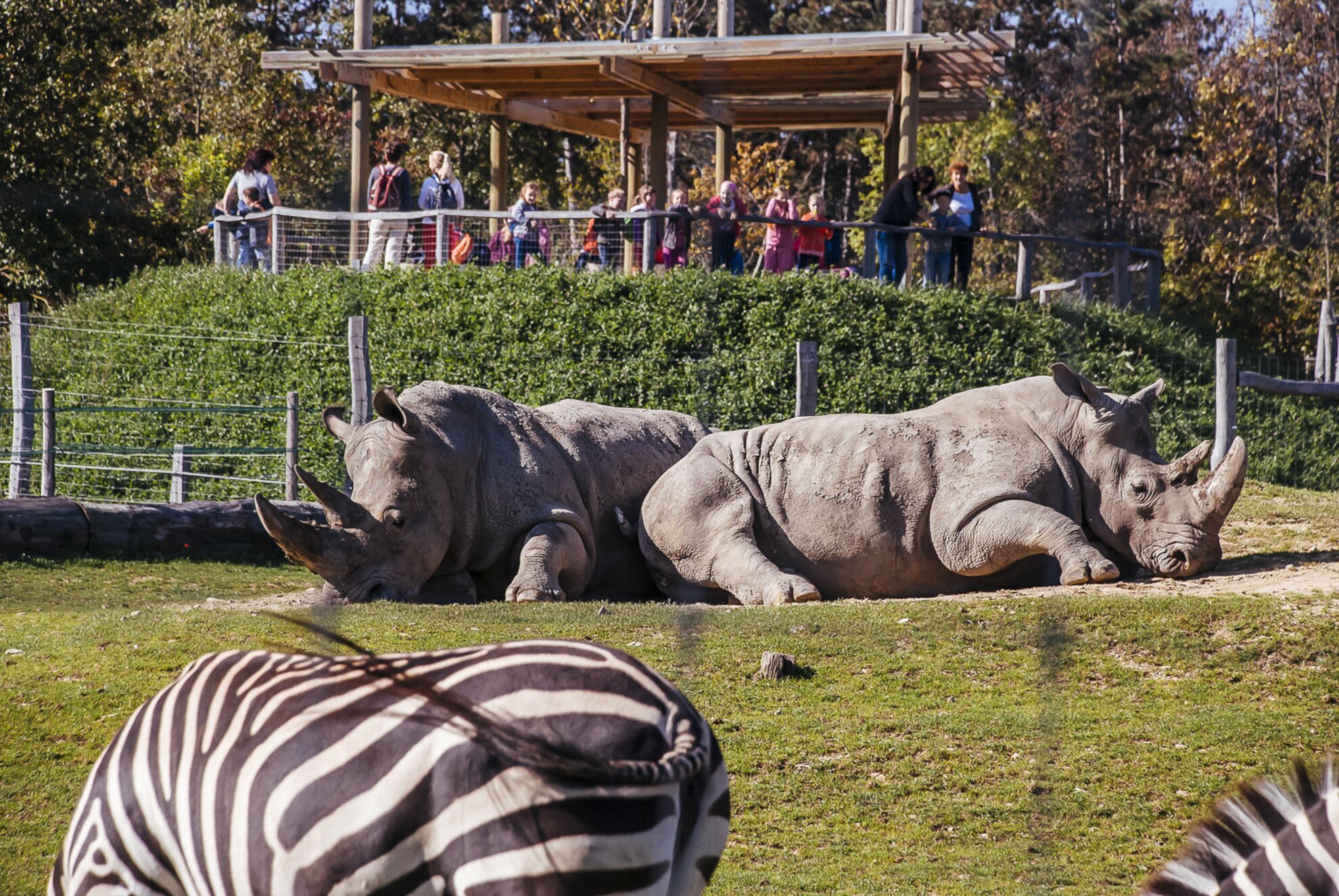
The Bactrian camels were surprisingly friendly and easy - the one in the picture repeatedly returned to pose for a good shot.
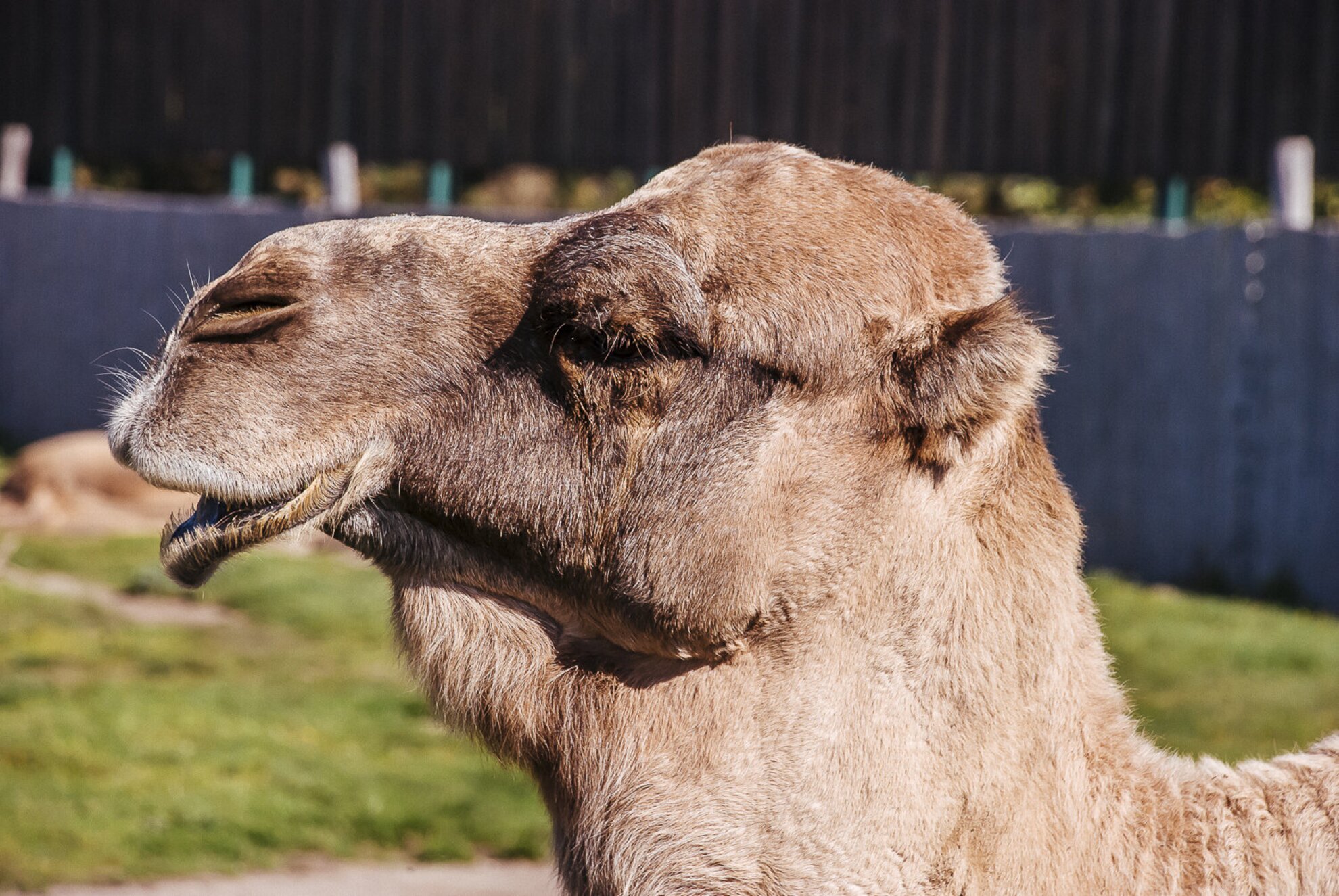

The three common chimpanzees of the monkey house could very easily have won the award Closest to Man. Kids are willing to watch them for even an hour from behind the glass because of their refined tool use and their visage capable of expressing a multitude of emotions.
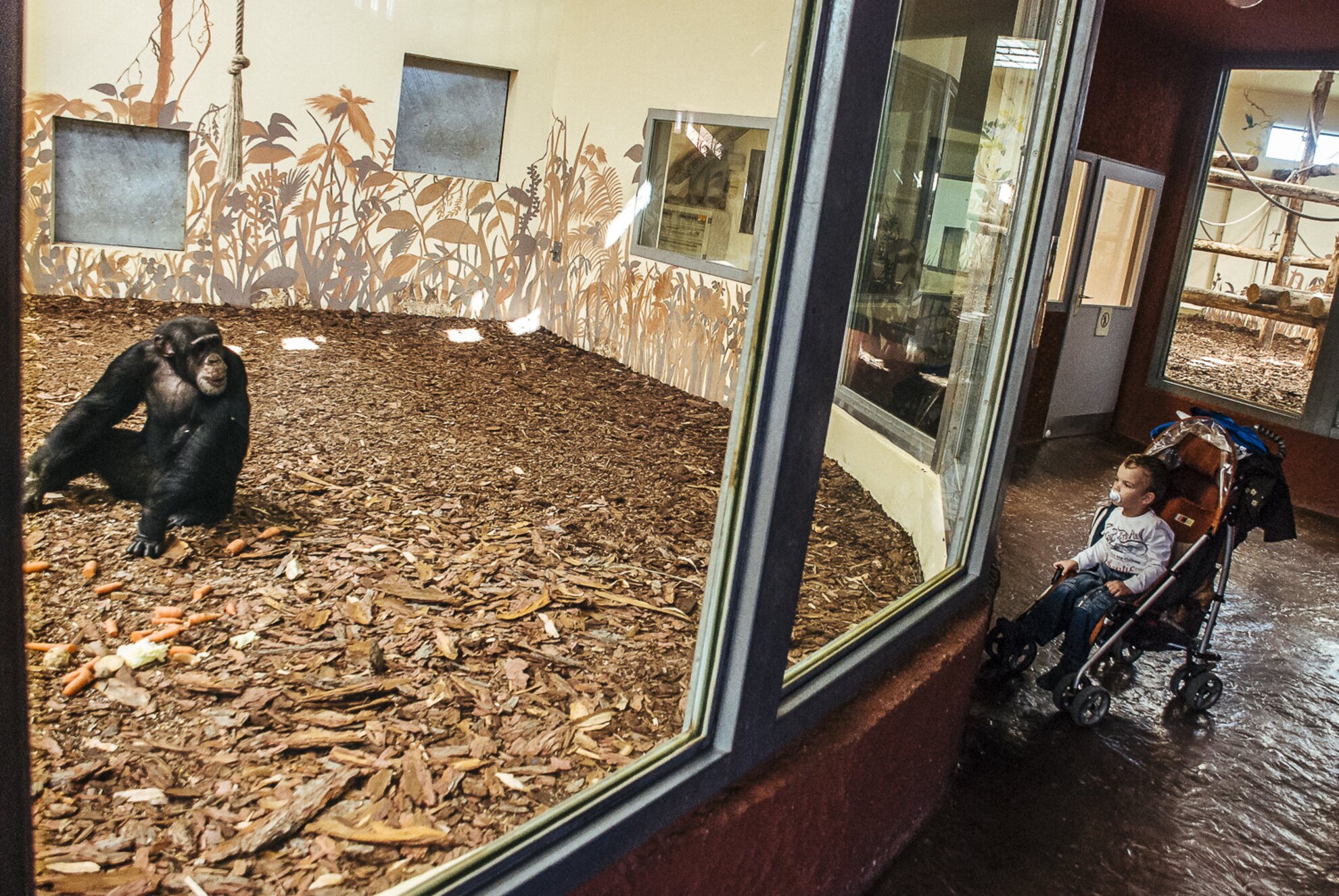
This one seemed to be posing for Rodin.
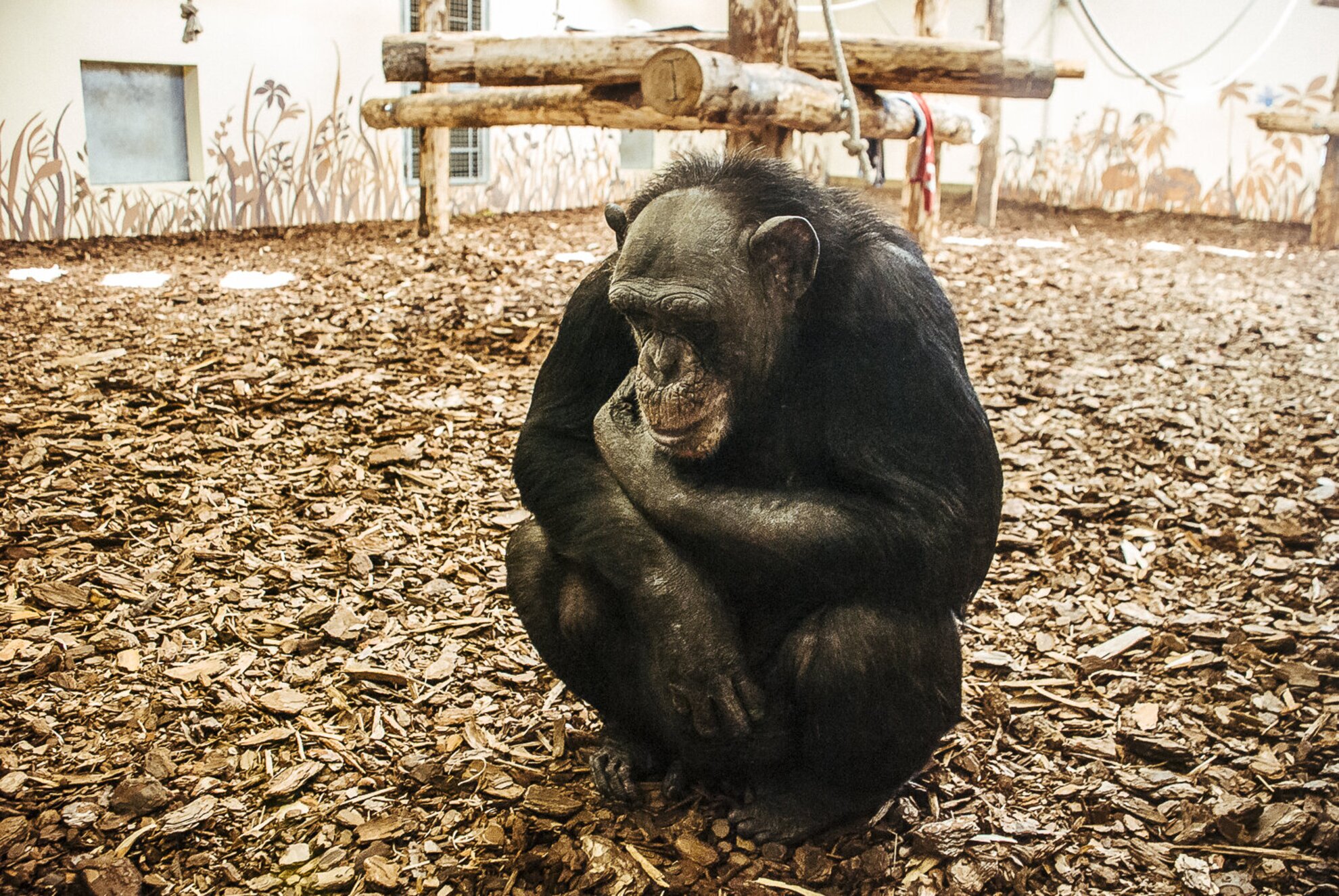
While this monkey seemed like a tranquil Italian, preparing for the afternoon siesta.
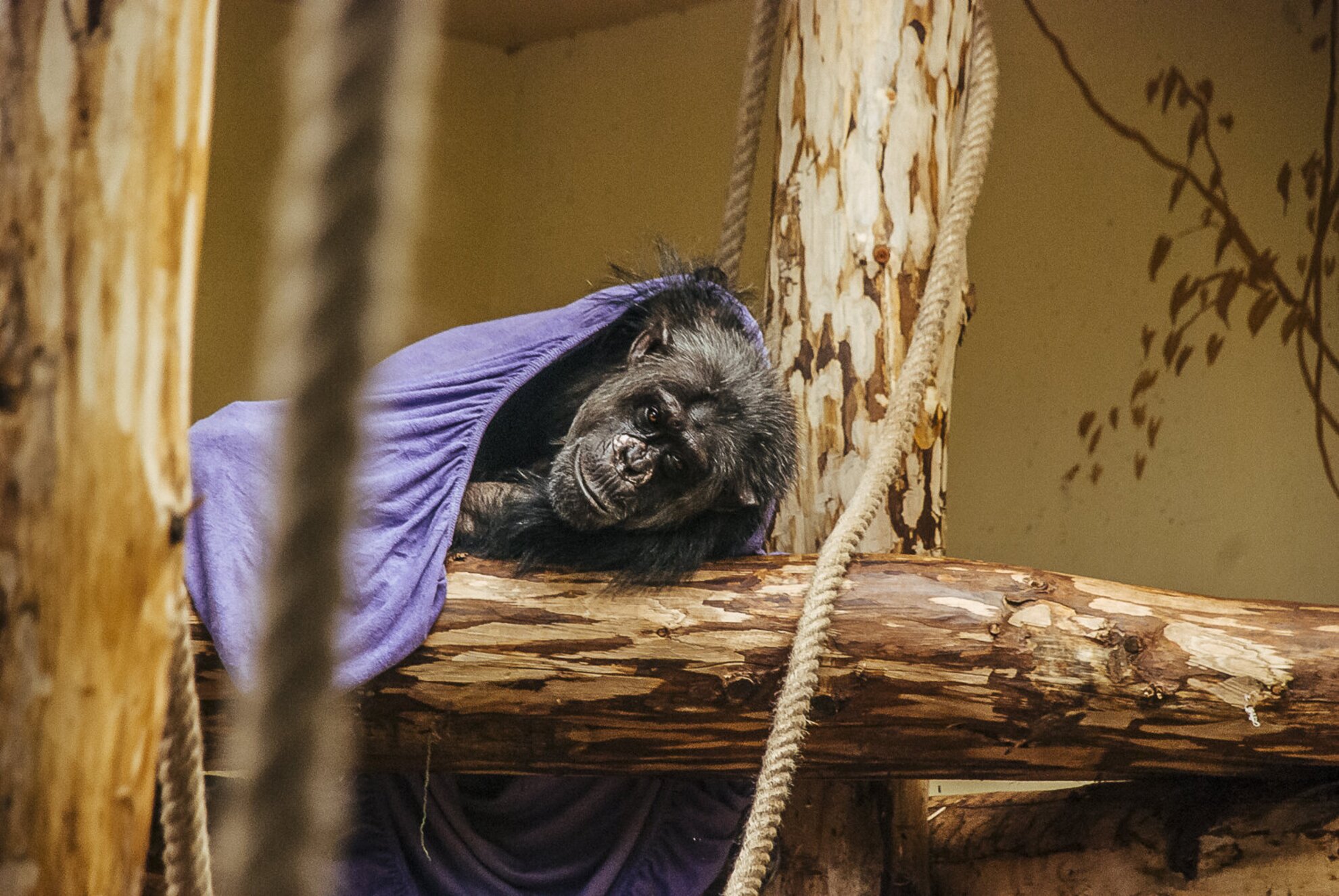
Our favourite, however, was this offended, sulking monkey. Apparently, it wanted privacy, so respecting his mute pleading, we moved on from the monkey house.
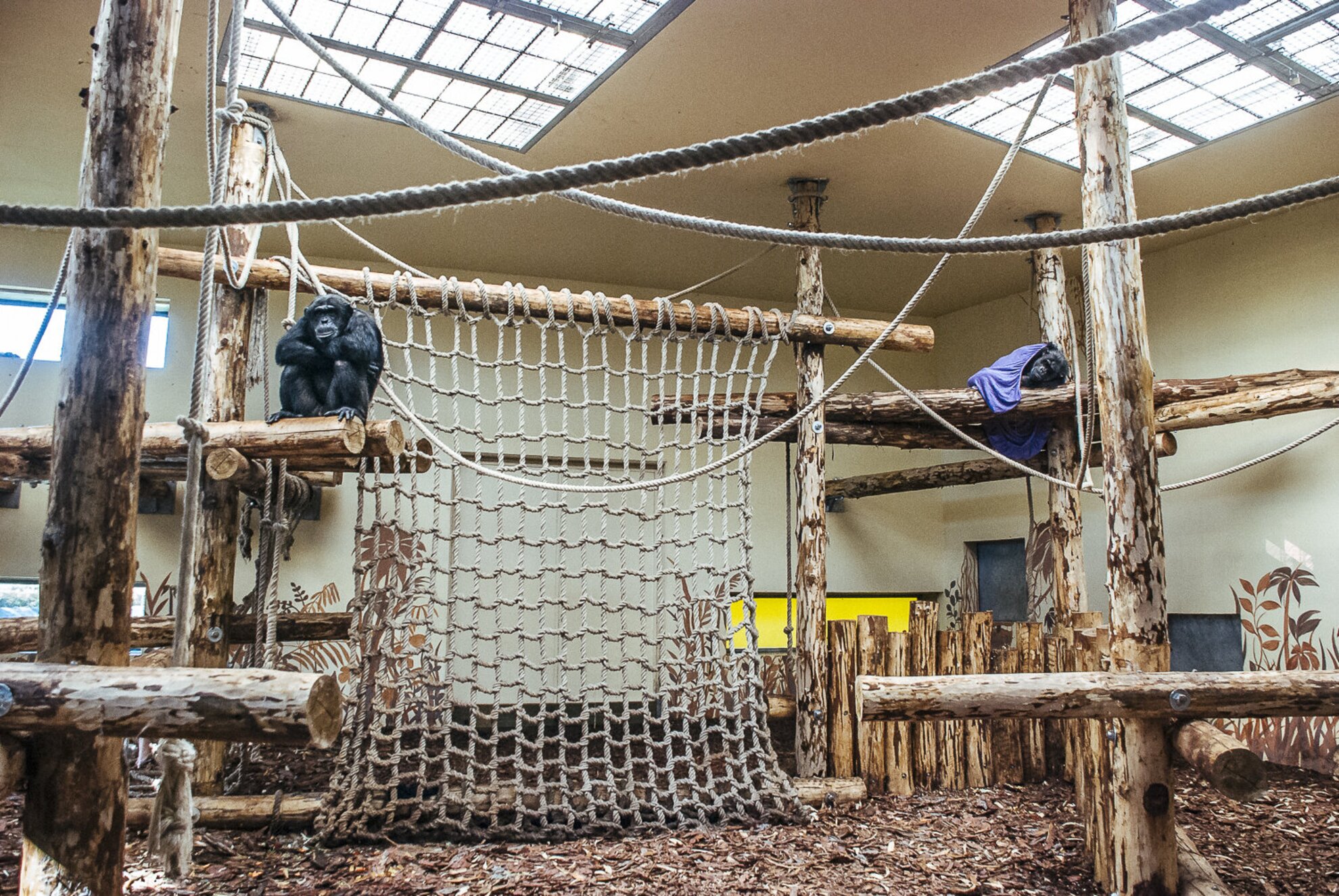
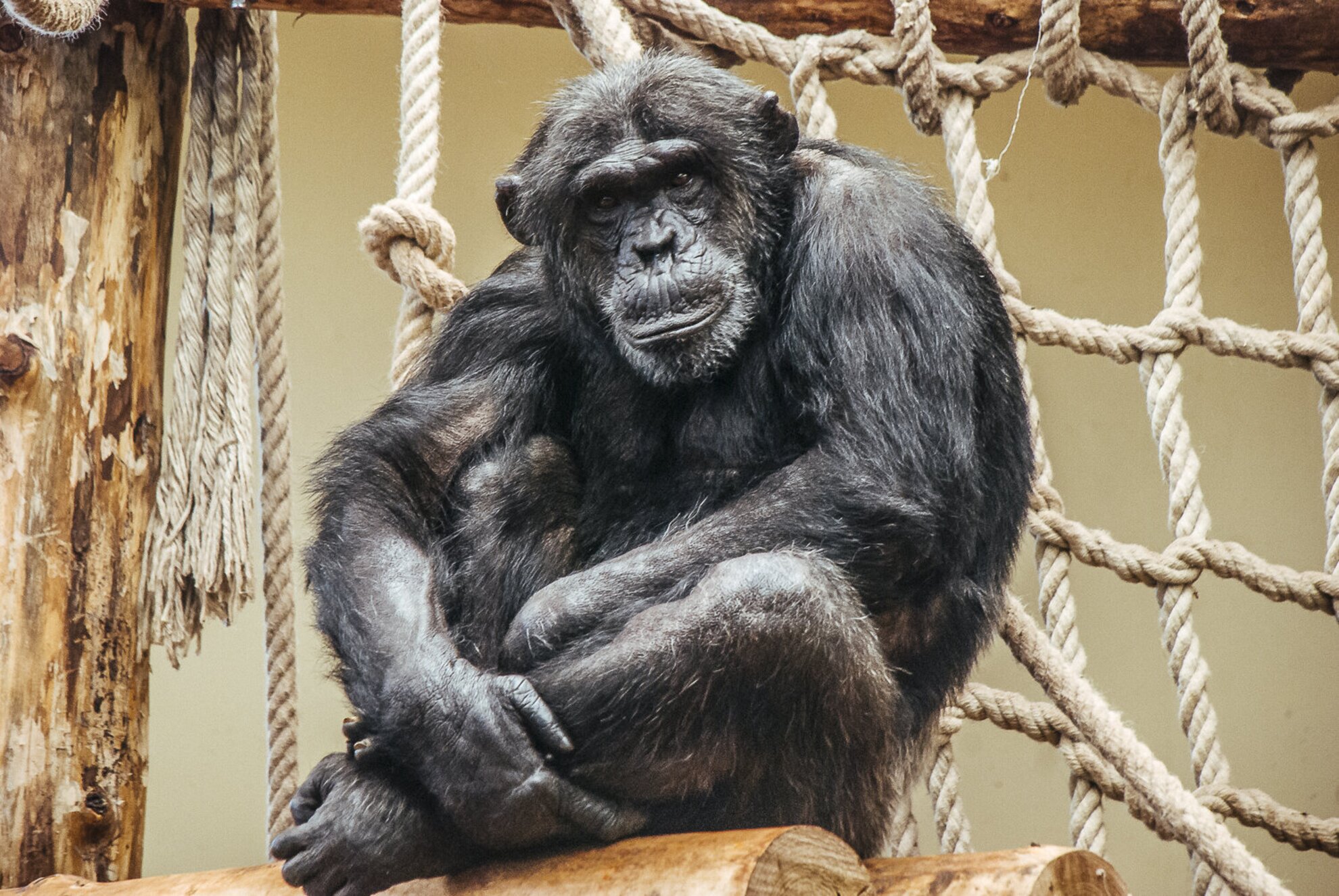
We continued our stroll in the Fejes Valley, and stopped immediately at the monkey trail, since - unlike in most parts of the zoo - here you can also pet the animals.
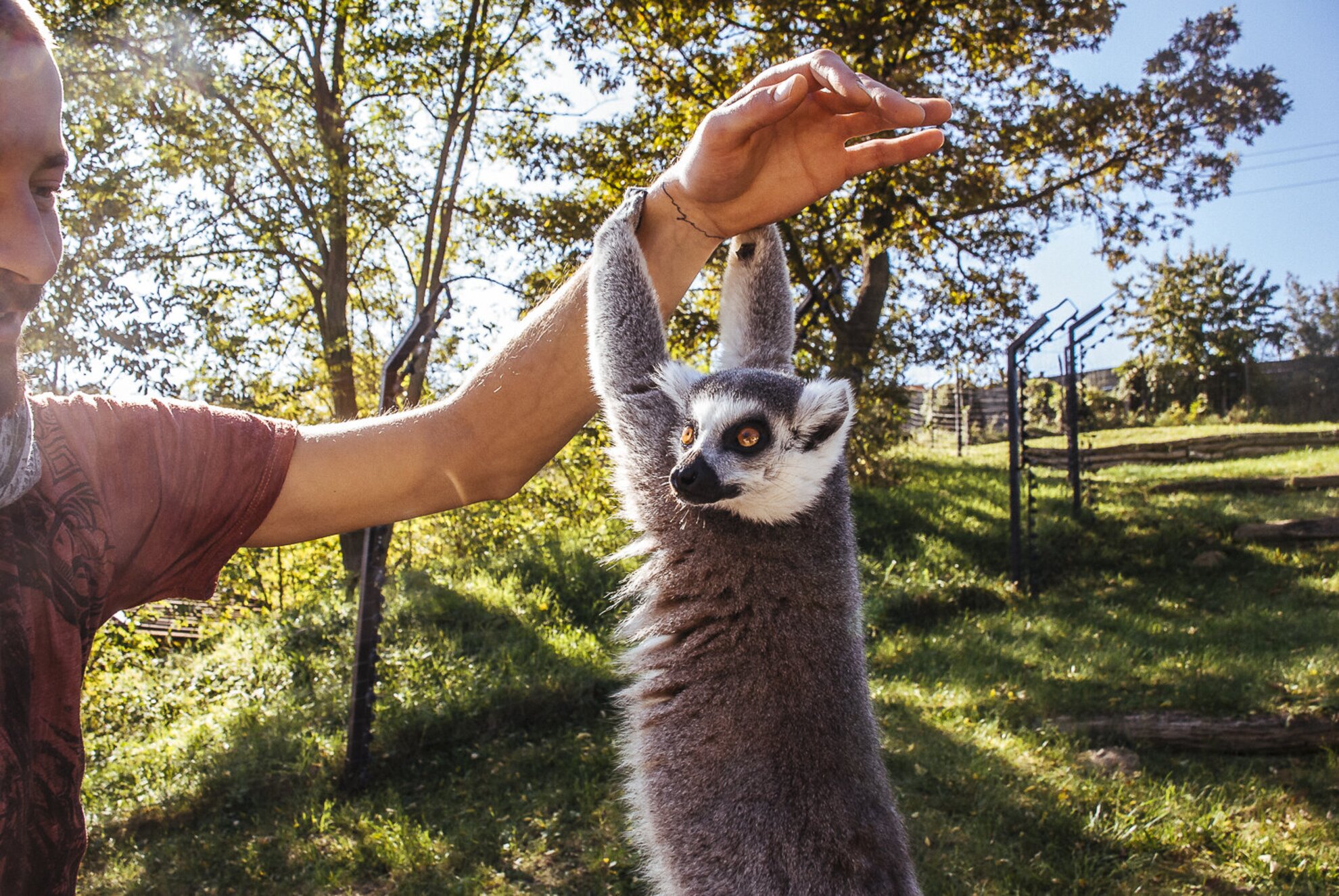
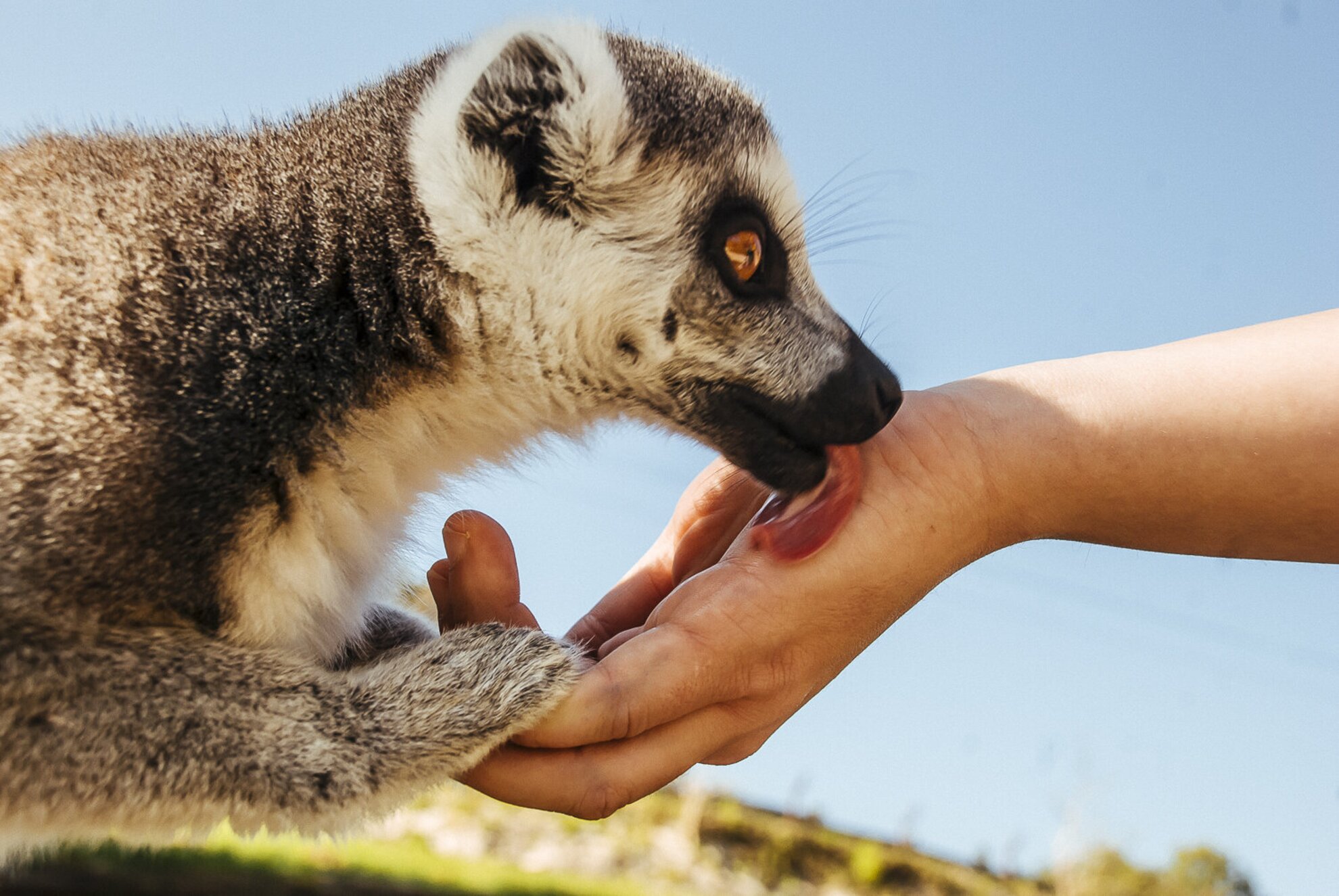
The synch of ring-tailed lemurs was worthy of a team of rhythmic gymnasts.
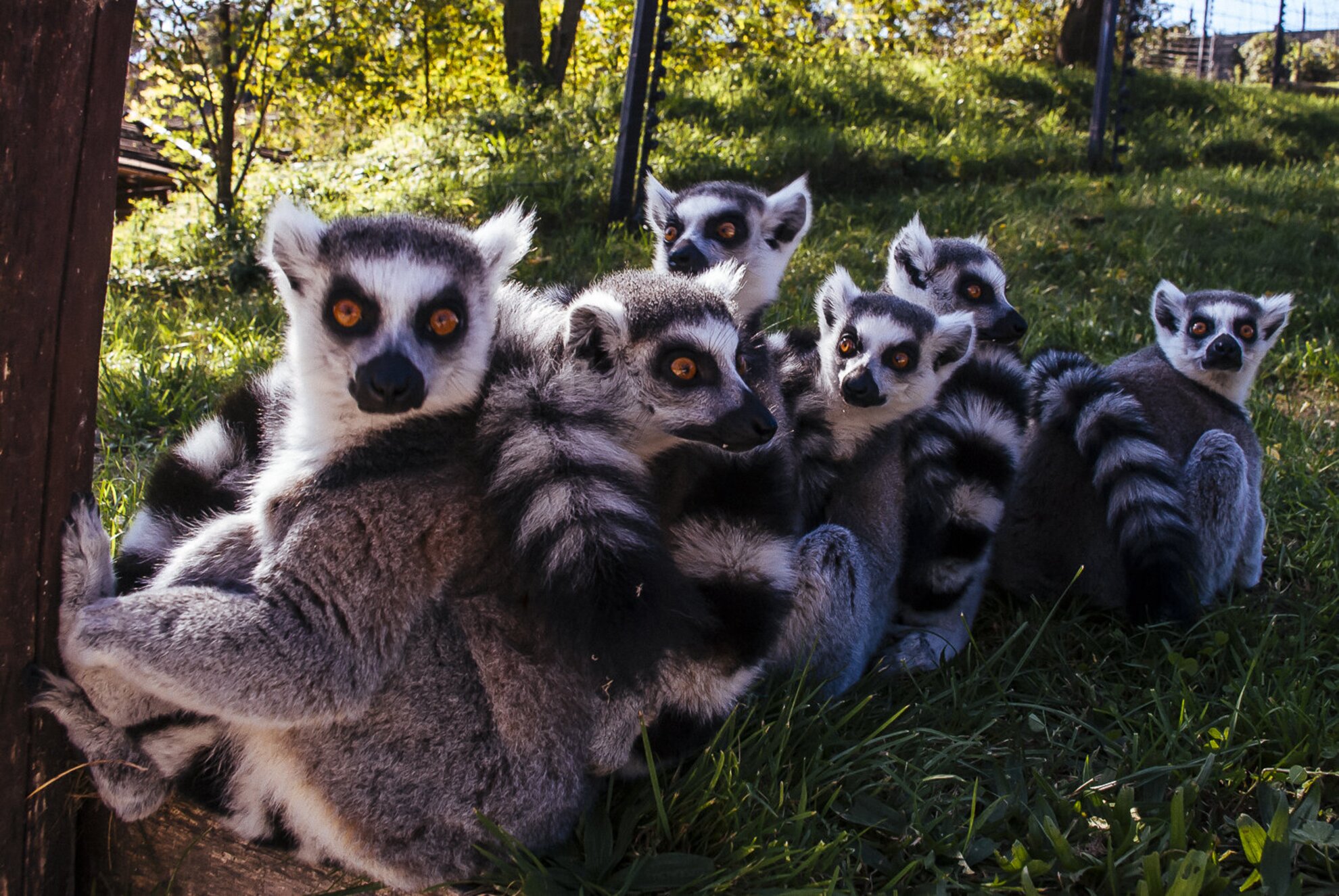
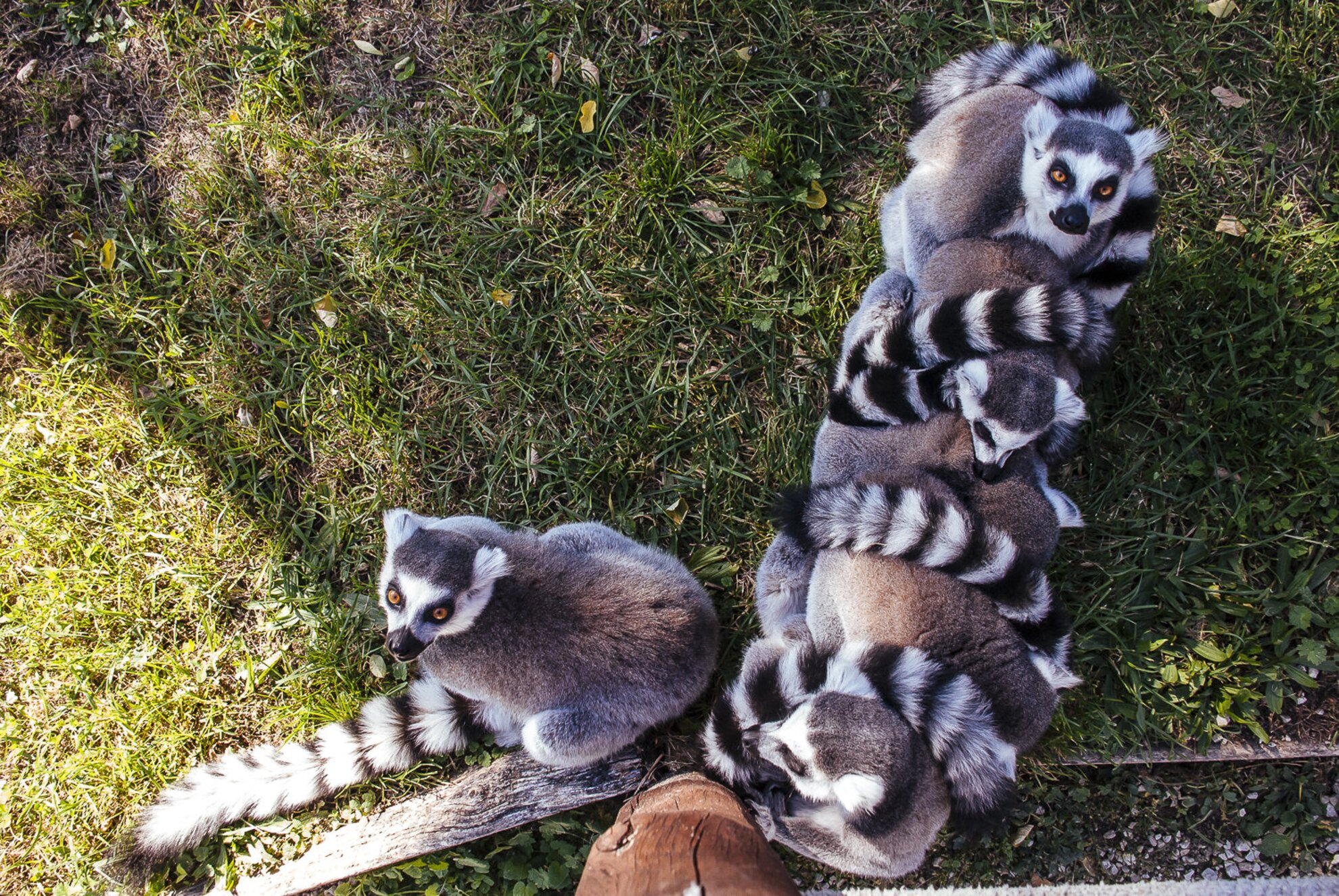
Meerkats are known for their curiosity: they like to stand on their hinds to catch more of the surrounding events.
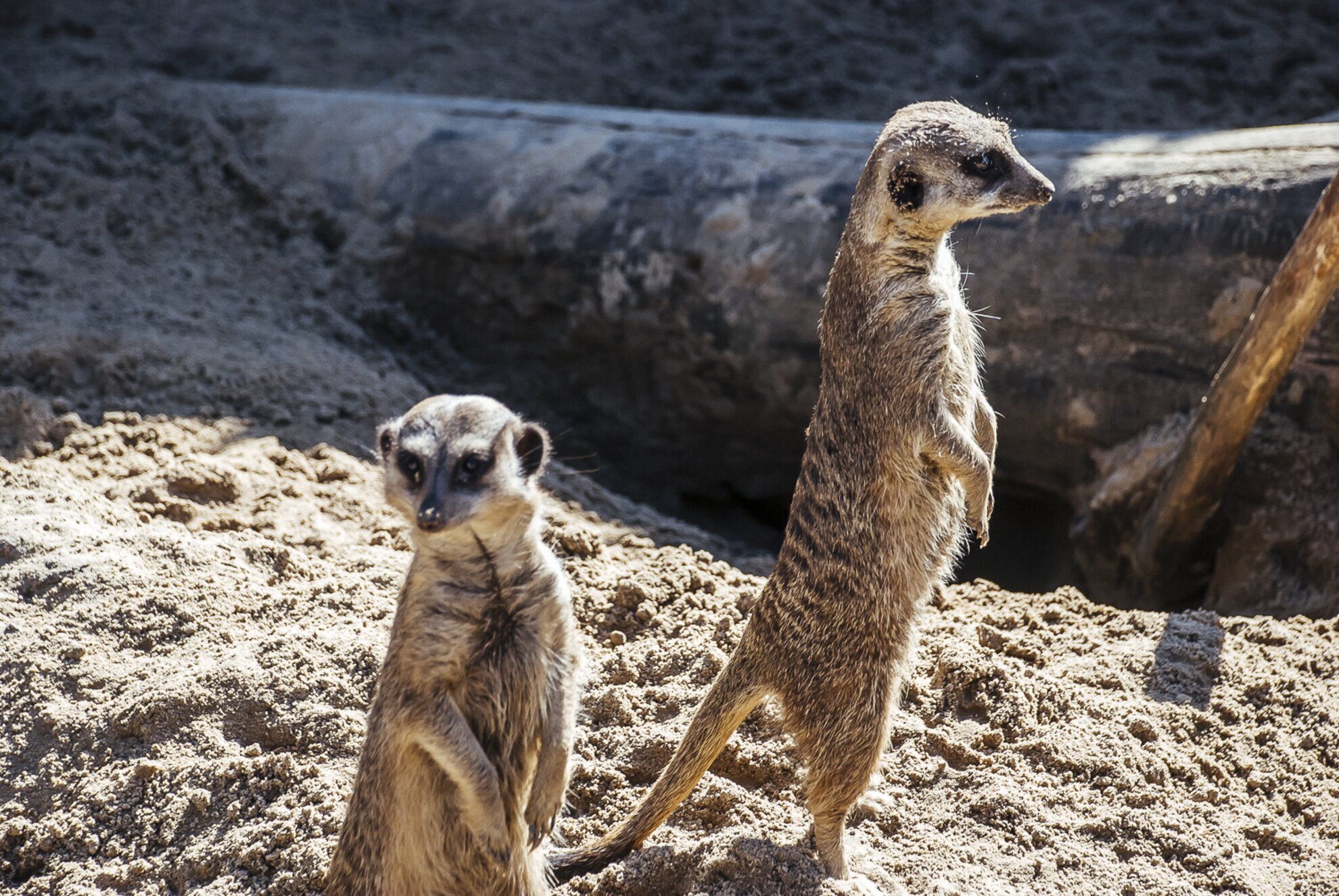
The sparkling autumn sun was not enough for the chameleon: the heat of the radiator, however, transported it closer to the experience of lounging on a Mediterranean tree branch.
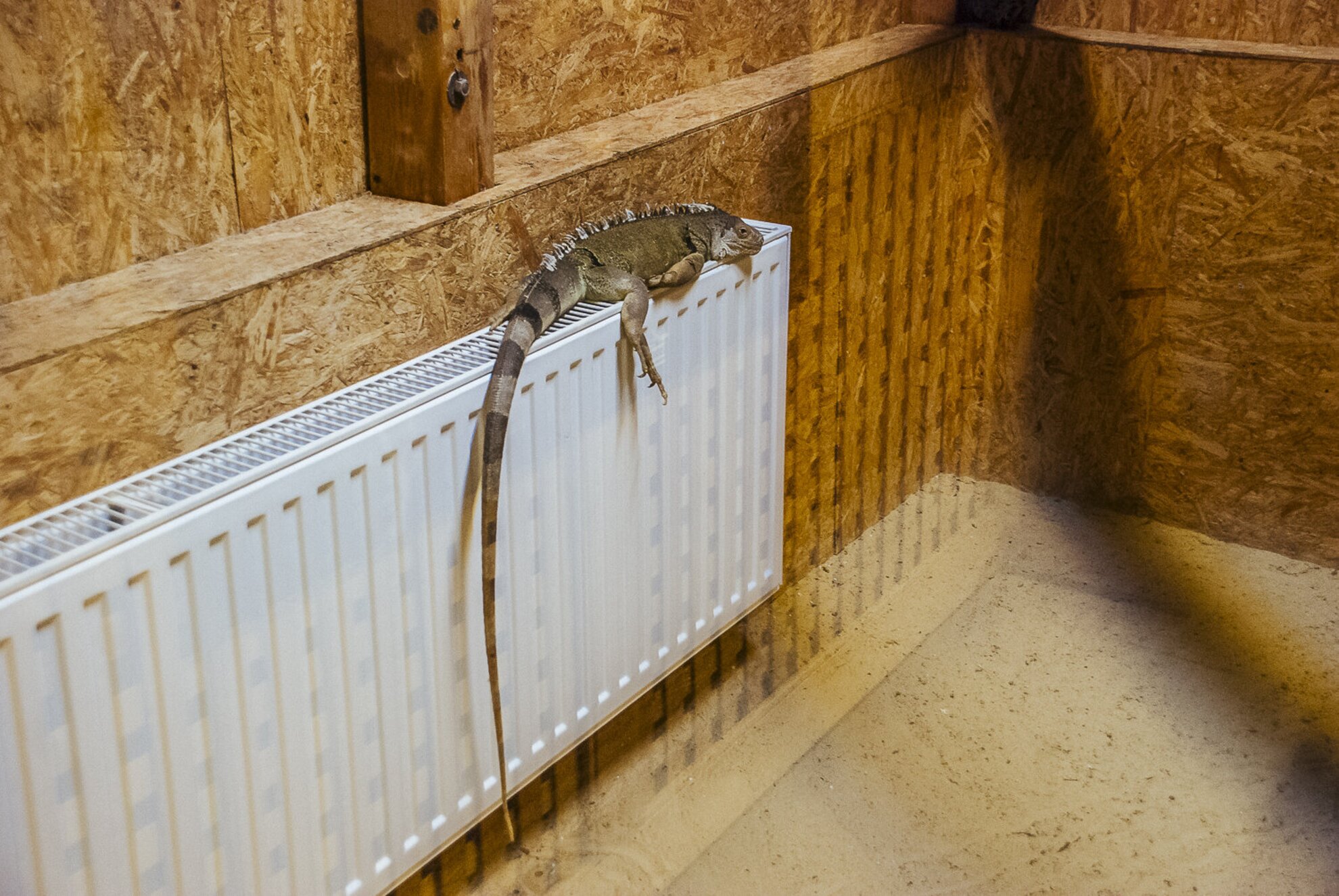
We left the big cats last for reasons of caution, but it turned out we were wrong to be afraid. The lions were peacefully soaking up the sun, unwilling to move even their heads.
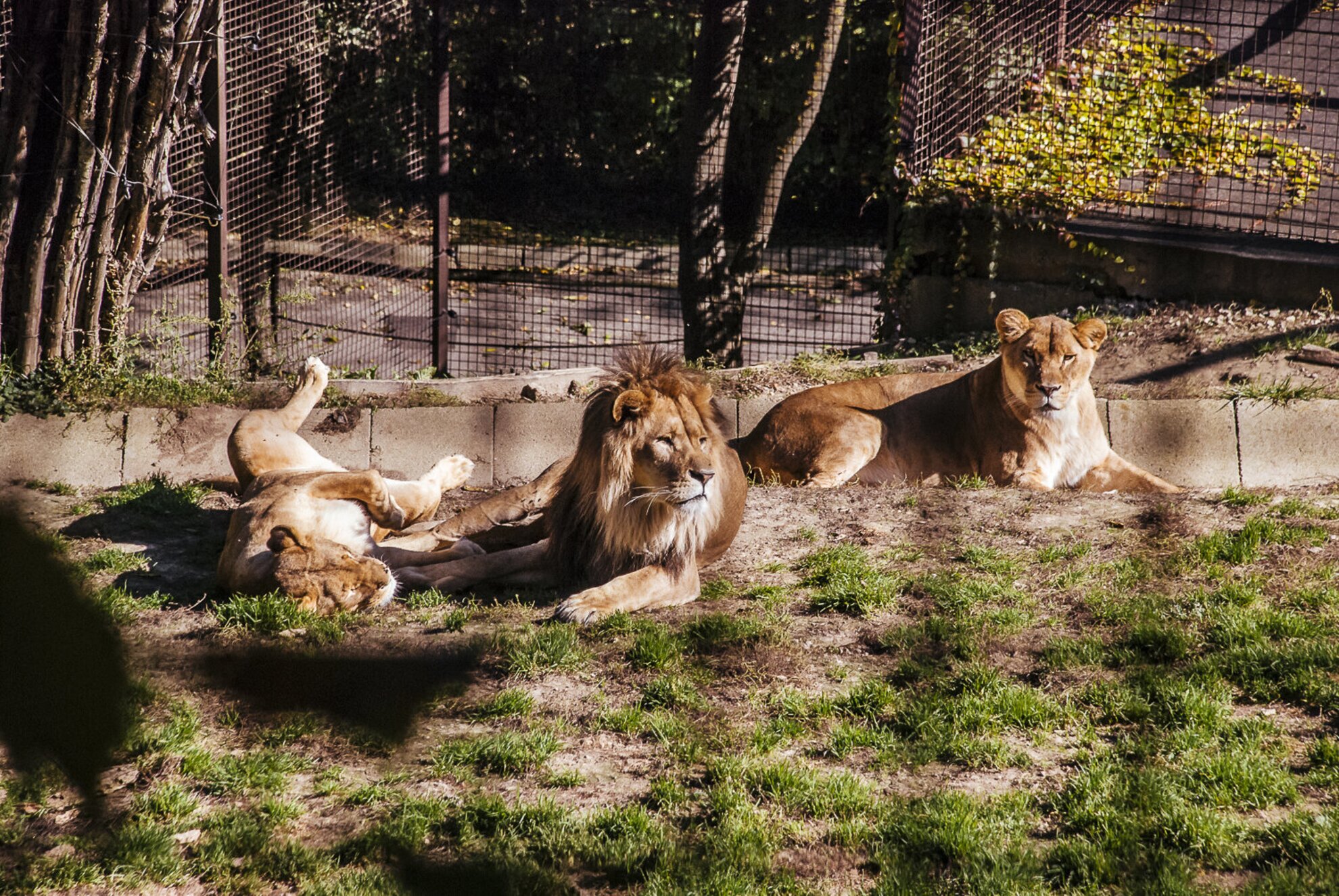
The sight of tigers triggered fear mixed with awe in William Blake and many other mortals who have since passed the majestic creatures in close proximity. We did not feel safe even behind the large bars and the fence.
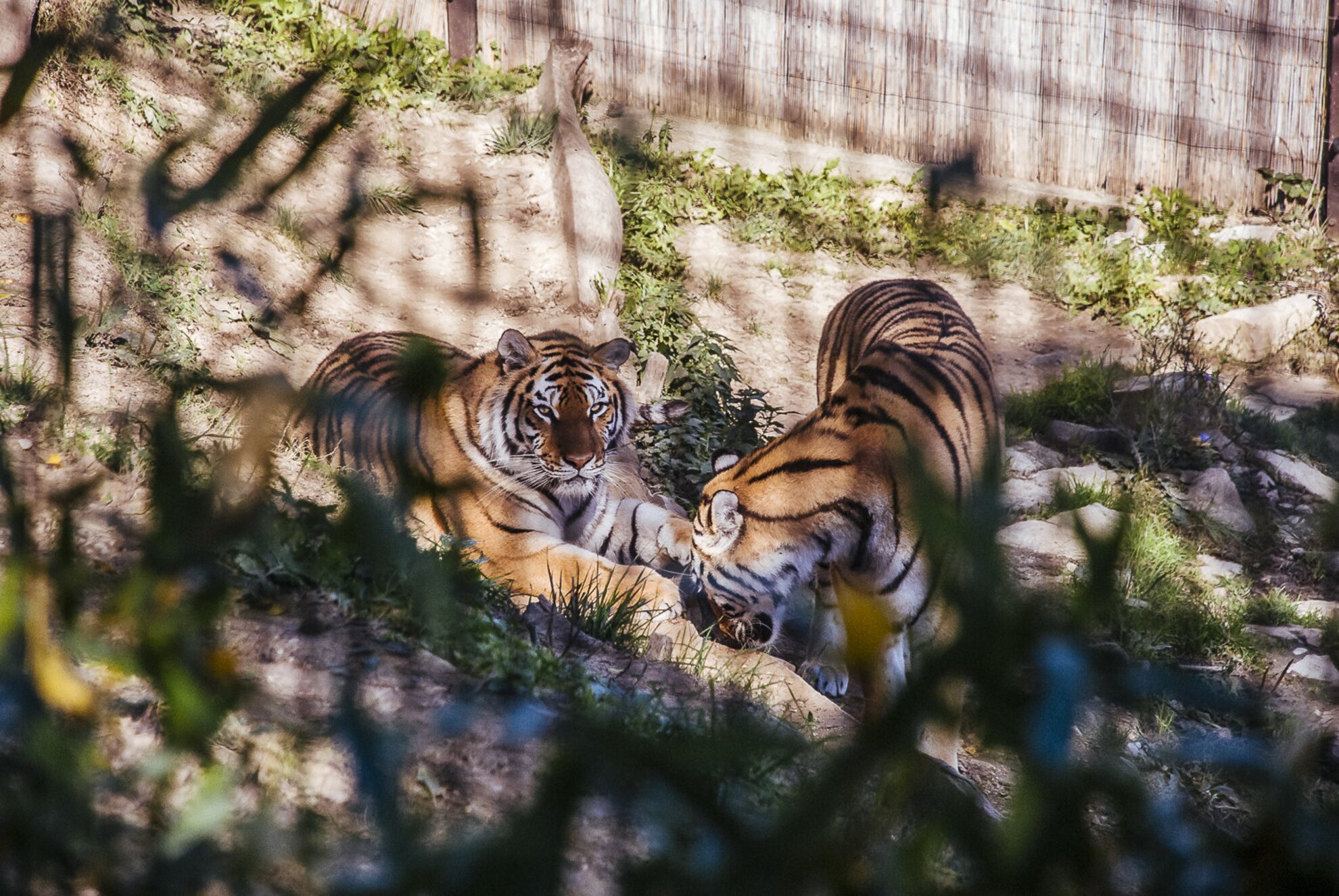
The developments that began with the Elephant Park will continue until spring 2015. At the end of the 6-stage investment, by summer 2015, guests will be able to enjoy a zoo reborn inside and out.
